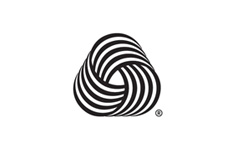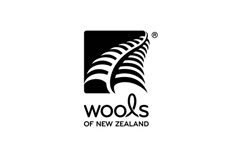Comments (0)

What is the difference between the most popular materials from which carpets, rugs and tapestries are produced?
The key question that everyone asks, when it comes to choosing the first carpet. The multitude of raw materials causes little dizziness and the difficulty in deciding what carpet to choose. The leading materials on the market and the most popular nowadays are wool, acrylic and polyester.
WOOL
Raw material, obtained from the hair covering of various animals. When it comes to carpets, wool is most often used. It is characterized by its softness and it is pleasant to the touch. Thanks to the fact that it contains lanolin, it is ideal for the production of textiles. However, it requires proper treatment and a bit of patience, as there is so-called piling effect or dusting of the hair that passes after some time.
ACRYLIC
Another popular material used in recent times in the production of carpets is acrylic. It has a very large softness, feels like wool when touched. It also has a high elasticity; when making carpets it is crucial because it is resistant to bruising. It is very easy to dye and therefore the colour range of acrylic carpets is almost infinite. The material is less durable than wool, but its price is much lower.
SILK
Material of natural origin obtained from silkworm cocoon. The silk fiber is very thin and hence the weave on the carpet is very small and very dense. The density of weaving silk rugs is from 300,000 knots in a square meter upwards, while at the same time wool products can have as little as 40,000 knots per meter. The material is shiny, resilient and hard to obtain and therefore using it in the manufacturing of carpets raises significantly their value. Buying a silk carpet is considered an investment of capital.
SISAL
Another of the materials of natural origin. The fiber is extracted from agave leaves. It is hard and rigid and therefore extremely durable. The disadvantage of the sisal carpet is the fact that the product is rigid, hard and rough in use.
POLYPROPYLENE
Environmentally friendly synthetic fiber. Carpets of high durability and abrasion resistance are manufactured from it. It has good elasticity, thanks to which the carpet keeps its original appearance. Yarn is easy to work with and dye which results in hundreds of designs and models. The low cost of production finally gives us a cheap carpet. An allergy friendly fiber. However, it is not resistant to dirt.
CHENILE
It is a yarn which is formed from the combination of viscose fiber with acrylic or other. As a result of this combination, a glossy, extremely soft in touch material is created, which is mainly used for the production of machine-woven rugs.
From the overall composition, the best materials are wool and silk. The most commonly chosen material is sheep wool and synthetic materials. Quality in this case is not as high as in case of silk carpets, but a great asset here is the price of finished product, which is several times lower. There are also other raw materials that are not described above, including cotton, jute, natural leather, polyester, macerated cotton, polyamide and many others.














